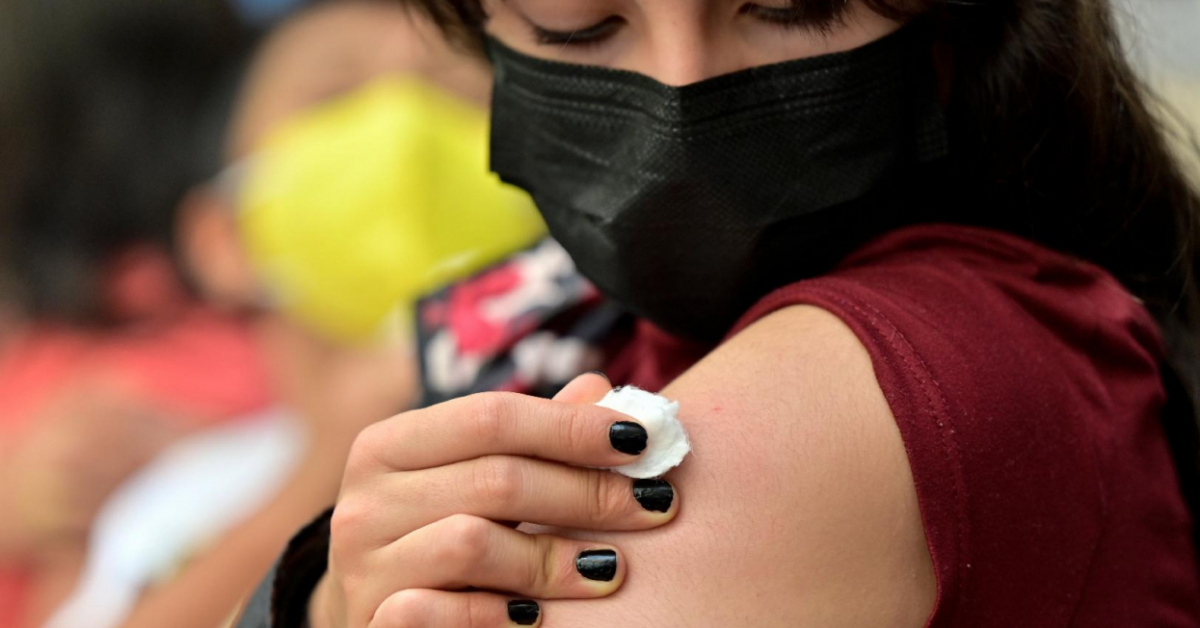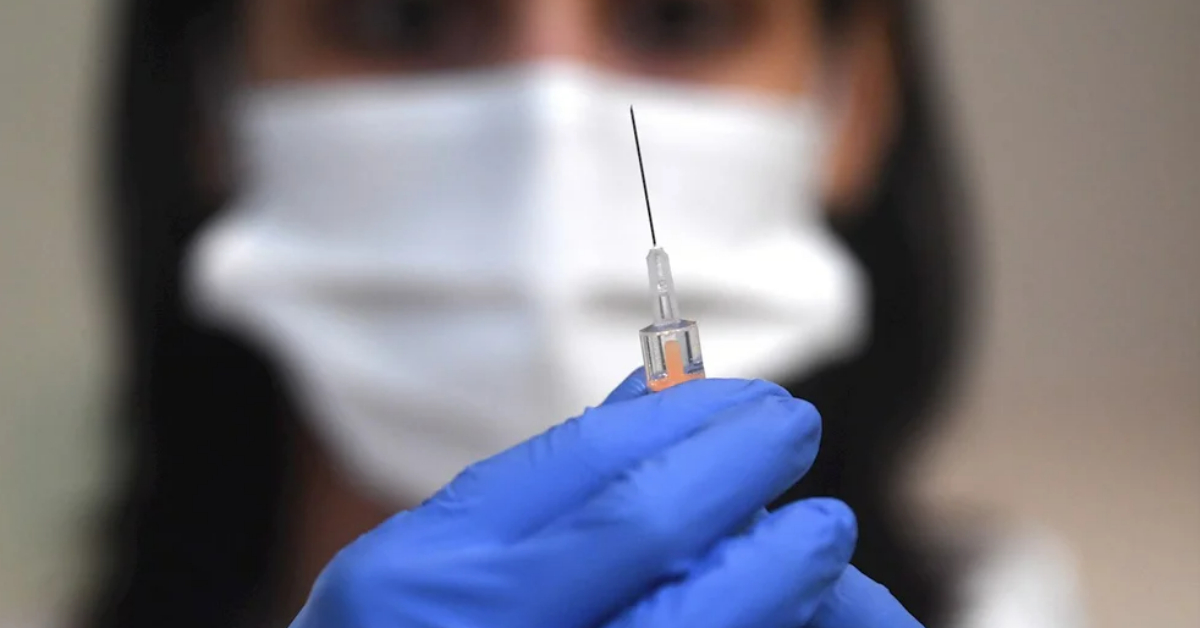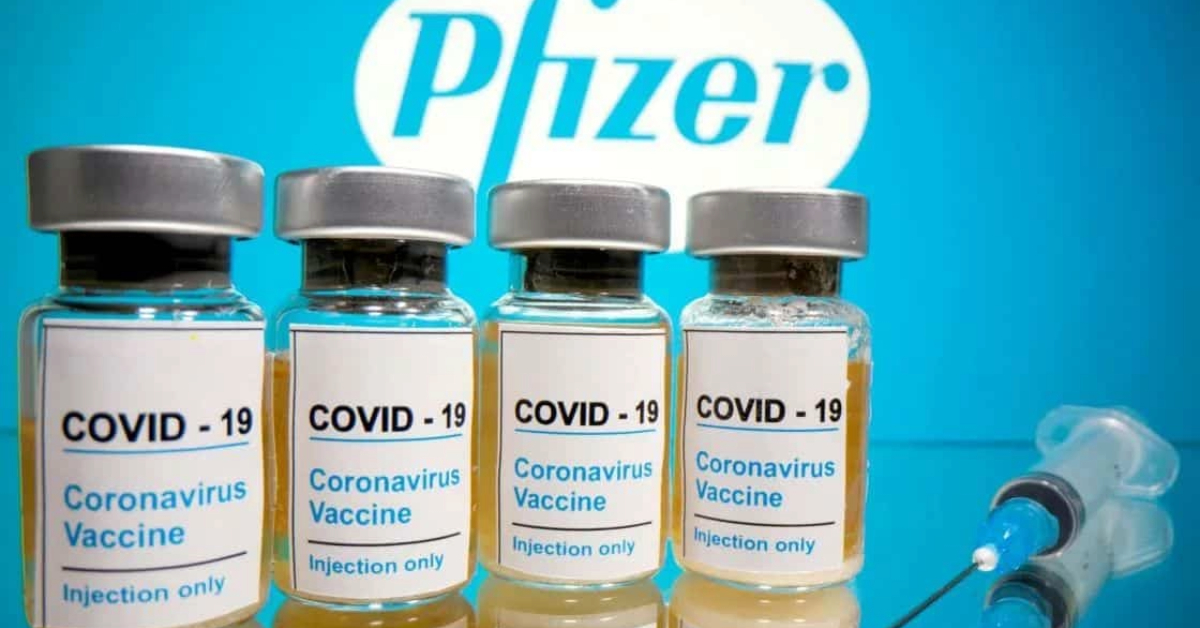The coronavirus pandemic during 2020 left more doubts than certainties. Worldwide, infections now exceed 103 million and deaths total 2.2 million since the beginning of the global crisis. But in recent weeks, a new concern began to pierce the incipient hope that came from the approved vaccines against COVID-19: the emergence of new variants of the virus.
How many are there? What differentiates them? Can new strains emerge? Are they more virulent and lethal? Are vaccines effective? Scientists have been surprised so far by the appearance of at least three variants of coronavirus, but no . . .






